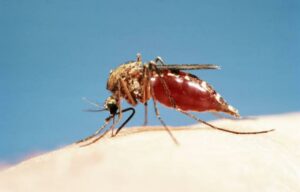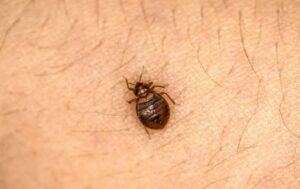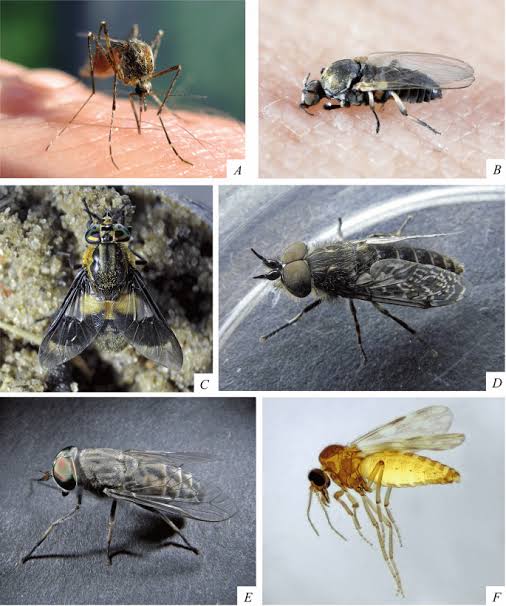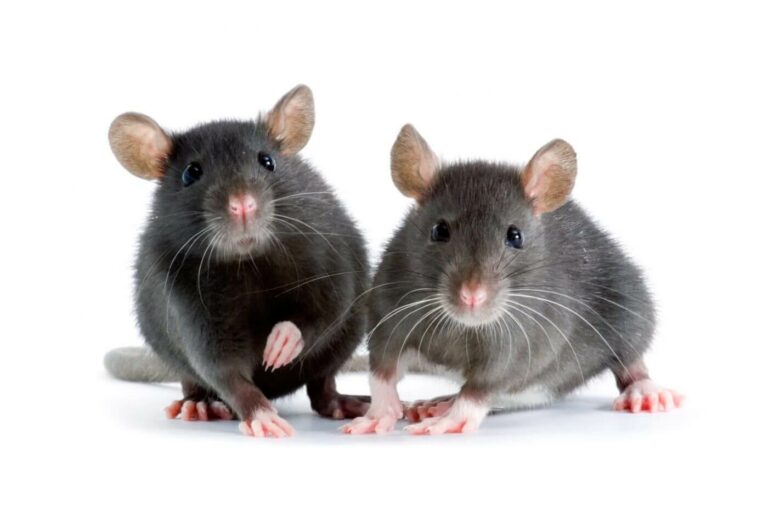In the Gulf region, particularly in Dubai, pest control engineers face a unique set of challenges due to the diverse array of Blood-Feeding pests prevalent in this environment. Understanding these pests is crucial for effective management and control. This introduction provides a comprehensive overview of key bloodsucking pests that professionals in pest management need to be well-acquainted with.
Blood-Feeding Pests
Blood-Feeding Pests not only impact public health but also pose significant challenges to effective pest control strategies.
- We will explore various species including Anopheles, Aedes, and Culex mosquitoes, as well as midges, ticks, mites, fleas, and bed bugs.
- This detailed examination aims to enhance your knowledge and equip you with the necessary insights to tackle these issues efficiently in the Gulf region.
Today, we will discuss bloodsucking pests present in the Gulf countries, which all public health pest control engineers in the region should be thoroughly familiar with. These bloodsucking pests include:
- Anopheles mosquitoes
- Aedes mosquitoes
- Culex mosquitoes
- Midges
- Egyptian mosquito
- Asian tiger mosquitoes
- Camel ticks
- Dog ticks
- Chicken ticks
- Bed bugs
- Chicken mites
- Sheep scab mites
- House dust mites
- Fleas
- Chironomids
Each pest will be briefly explained below.
Anopheles Mosquitoes
- Anopheles mosquitoes, a genus in the family Culicidae, are among the most well-known bloodsucking pests, with around 400 species, three or four of which transmit the malaria parasite Plasmodium.
- Malaria is a parasitic disease that infects red blood cells, causing symptoms like fever, anemia, and splenomegaly. The most notable species is Anopheles gambiae.
Aedes Mosquitoes
Aedes mosquitoes are bloodsucking pests found in tropical and subtropical regions and all continents except Antarctica. Some species, like the Asian tiger mosquito (Aedes albopictus), are invasive. They transmit serious diseases such as:
- Guillain-Barré Syndrome
- Dengue fever
- Yellow fever
- Chikungunya
- Lymphatic filariasis.

Culex Mosquitoes
- Culex mosquitoes are common bloodsucking pests and primary vectors of diseases like West Nile virus, St. Louis encephalitis, Japanese encephalitis, and various avian and equine viral diseases.
- They can also transmit lymphatic filariasis and bacterial infections.
Midges
Midges, small bloodsucking flies belonging to various families, are found in almost all non-desert and non-permafrost areas. Some midges, like sandflies, transmit diseases, while others play beneficial roles in ecosystems.
Camel Ticks
- Scientific Name: Hyalomma dromedarii
- These ticks primarily feed on camels but may also target other animals and humans. They are known vectors of camel fever caused by Theileria camelensis and have been implicated in transmitting Congo fever and Kadam virus in various regions.
Chicken Ticks
- Scientific Name: Argas persicus
- These ticks affect poultry, including chickens, ducks, and geese, leading to disease transmission and weight loss.
- They gather in skin folds and can cause significant economic losses for poultry farmers.
American Dog Ticks
- Scientific Name: Dermacentor variabilis
- Also known as wood ticks, these are notorious for transmitting diseases like Rocky Mountain spotted fever.
- They attach to hosts, including dogs and humans, and can cause Tick Paralysis in dogs.
Chicken Mites
- Scientific Name: Dermanyssus gallinae
- These external parasites primarily affect poultry but can also infest over 30 bird species.
- They are a major concern for poultry farmers due to their impact on bird health and productivity.
Sheep Scab Mites
- Sheep scab is spread through direct contact with infected mites and can survive in the environment for up to 17 days.
- It affects sheep and, in rare cases, other livestock.
House Dust Mites
- Scientific Name: Dermatophagoides farinae and Dermatophagoides pteronyssinus
- House dust mites are microscopic and thrive in household dust, feeding on skin flakes and mold.
- They are a common allergen source and are difficult to see without magnification.
Fleas
Fleas are wingless, small bloodsucking insects that primarily infest mammals like pets and humans. They can transmit diseases such as plague and typhus.
Chironomids
- Scientific Name: Chironomus
- Chironomids, or non-biting midges, are small bloodsucking insects from the Chironomidae family.
- They are found in various environments and can be a nuisance in certain conditions.

Bed Bugs
- Scientific Name: Cimex lectularius
- Bed bugs are small, flat, brown insects that feed on blood.
- They have adapted to living with humans for centuries and are common in warm, humid climates such as the Gulf countries.





Can you pl share all this guides in pdf , do that I can take a print and keep it for my reference, It’s very useful
Pl if possible